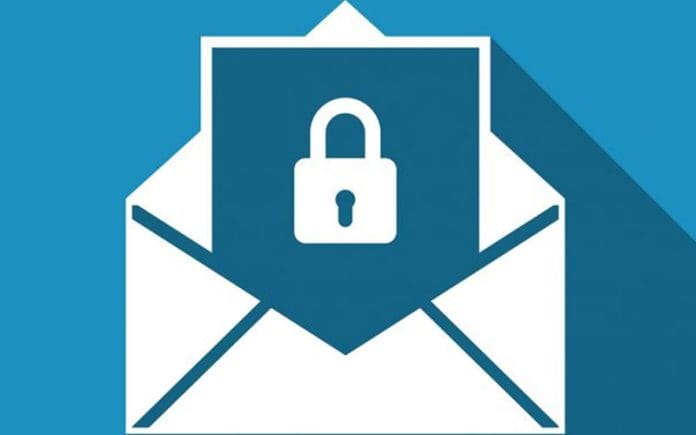In an era dominated by digital communication, email serves as a gateway to our personal and professional lives. However, this convenience comes with its own set of risks. Cyber threats, phishing attacks, and data breaches are increasingly common, making the security of your email account paramount. We will explore various strategies to fortify your digital fortress and ensure the confidentiality, integrity, and availability of your email.
- Create a Strong Password:
- Your password is the first line of defense against unauthorized access. Craft a strong, unique password that combines letters, numbers, and symbols. Avoid easily guessable information such as birthdays or names.
- Regularly update your password and refrain from using the same password across multiple accounts.
- Enable Two-Factor Authentication (2FA):
- Adding an extra layer of security through 2FA significantly enhances the protection of your email account. This typically involves receiving a code on your mobile device that you must enter in addition to your password.
- Beware of Phishing Attempts:
- Be cautious of unsolicited emails, especially those requesting personal information or containing suspicious links. Phishing attacks often mimic legitimate emails from trusted sources.
- Verify the sender’s email address and check for spelling errors or unusual requests before clicking on any links.
- Regularly Update Your Software:
- Ensure that your email client, antivirus software, and operating system are up-to-date with the latest security patches. Cybercriminals often exploit vulnerabilities in outdated software.
- Use Secure Connections (SSL/TLS):
- When accessing your email, make sure the connection is encrypted. Secure Sockets Layer (SSL) or Transport Layer Security (TLS) protocols provide a secure channel for data transmission, preventing eavesdropping by malicious actors.
- Monitor Account Activity:
- Regularly review your email account activity to spot any unauthorized access. Most email providers offer features that allow you to check recent login attempts and active sessions.
- Implement Email Encryption:
- Utilize end-to-end encryption tools to secure the content of your emails. This ensures that even if intercepted, the information remains unreadable to unauthorized parties.
- Regularly Back Up Your Emails:
- Create regular backups of important emails to prevent data loss in the event of a security incident. Cloud-based email services often offer built-in backup solutions.
- Educate Yourself and Your Team:
- Stay informed about the latest cyber threats and educate yourself on safe email practices. This knowledge can be shared with colleagues, friends, and family to collectively strengthen digital security.
- Use a Reputable Email Service Provider:
- Choose a reliable and well-established email service provider that prioritizes security. Reputable providers invest in robust security measures to protect user data.
Conclusion:
Securing your email is a crucial aspect of maintaining a safe and resilient digital presence. By adopting these proactive measures, you can significantly reduce the risk of falling victim to cyber threats and ensure the confidentiality of your sensitive information. Remember, a well-defended email account is not just a personal responsibility but a vital contribution to the broader effort to create a more secure digital environment.






